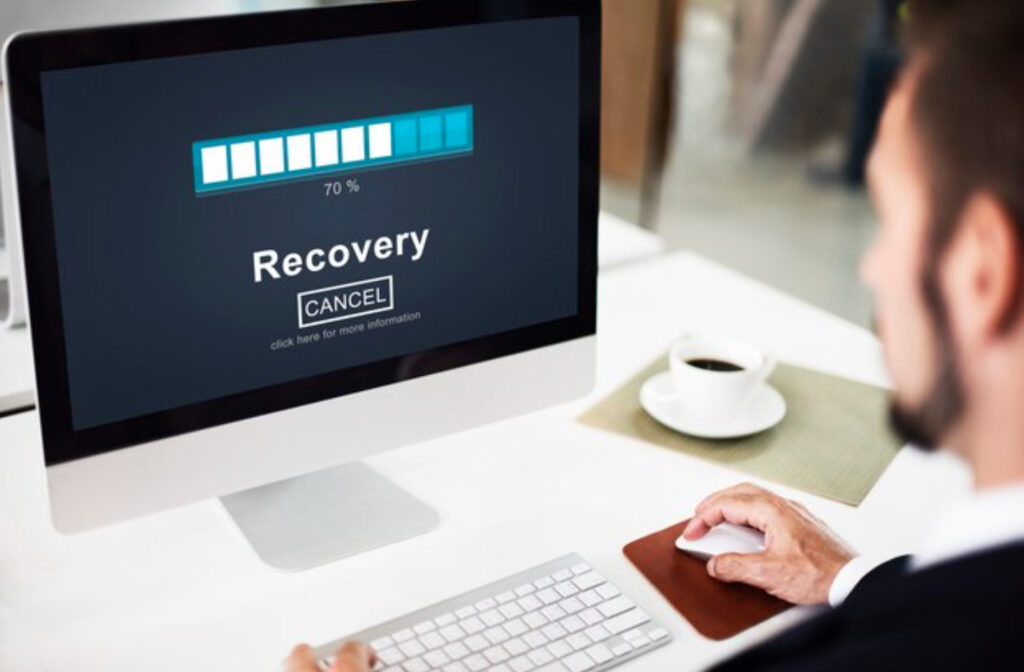In the fast-paced digital landscape of today, your WordPress website is not just an online presence; it’s a critical aspect of your business or personal brand. Yet, despite the robustness of this platform, it’s not immune to unforeseen disasters. This is where “WordPress disaster recovery” becomes more than just a set of words; it’s a lifeline for your online world.
The Risks and Consequences
Imagine waking up one day to find that your meticulously crafted website has vanished into the digital abyss. Your content, your design, your customer data—all gone in an instant. It’s a nightmare scenario, but it’s one that can become a reality without a solid disaster recovery plan in place.
The consequences of not having a WordPress disaster recovery plan can be severe:
- Data Loss: Your precious content, customer information, and website history could vanish without a trace.
- Downtime: Your website may be down for extended periods, causing a loss of revenue and reputation.
- Financial Impact: Rebuilding from scratch can be costly and time-consuming.
- SEO Hit: Your search engine rankings could plummet due to prolonged downtime.
- Customer Trust: Visitors might lose faith in your site’s reliability, affecting your credibility.
In this comprehensive guide, we’ll delve into the world of WordPress disaster recovery, exploring best practices, backup strategies, recovery plans, migration tips, and more. By the end, you’ll be well-equipped to shield your WordPress site from potential disasters and ensure seamless business continuity.
WordPress Backup Best Practices
Regular Backups – Your Digital Safety Net
Regular backups are the cornerstone of WordPress disaster recovery. They serve as your digital safety net, capturing your website’s current state for safekeeping. Whether you publish daily blog posts or run an e-commerce empire, here’s why regular backups are crucial:
Frequency Matters: How often should you back up? It depends on your content update frequency. For high-traffic sites with frequent changes, daily backups are advisable. For less active sites, weekly backups suffice. Find the sweet spot to minimize data loss.
Choosing the Right Backup Plugin – Your WordPress Guardian
Selecting the right backup plugin is pivotal for a reliable disaster recovery plan. Here are some criteria to consider:
Reliability: Opt for plugins with a strong track record and positive user reviews. UpdraftPlus and BackupBuddy are popular choices known for their reliability.
Features: Look for features like automated backups, scheduling, and easy restoration. The more versatile the plugin, the better.
Storing Backups Securely – Fortifying Your Digital Fortress
Having backups is excellent, but where you store them matters just as much. Secure storage options are your digital fortress:
Cloud Storage: Services like Google Drive, Dropbox, or Amazon S3 offer secure and accessible cloud storage. They protect your backups from physical disasters.
Offline Backups: Physical backups on external drives or offline servers are immune to online threats. Keep copies in a safe place.
In the unpredictable world of the internet, your WordPress site’s survival relies on these fundamental practices.
Disaster Recovery Strategies
Testing Your Backup – Trust but Verify
Backing up is only half the battle. Regularly testing your backups ensures they can be effectively used in a disaster scenario. Here’s why it’s vital:
Necessity of Testing: Imagine relying on a parachute without knowing if it opens. Testing your backups confirms they work when needed.
Step-by-Step Testing: We’ll guide you through the process of testing backups step by step, so you’re prepared when the time comes.
Creating a Disaster Recovery Plan – Your Roadmap to Resilience
A disaster recovery plan is your roadmap to website resilience. It comprises essential components:
Risk Assessment: Identify potential threats to your site—hackers, server crashes, human errors—and assess their impact.
Checklist and Template: We provide a checklist and template to help you create a personalized disaster recovery plan.
Automated Recovery Tools – Effortless Bounce Back
Automation is a time-saver when disaster strikes. Discover tools and plugins designed to automate recovery:
Time and Effort Saving: These tools streamline the recovery process, minimizing downtime and effort.
WordPress Migration Tips
Preparing for Migration – Smooth Transition Starts Here
Before embarking on a WordPress migration, thorough preparation is key. Ensure a smooth transition by:
Site Cleanup: Clean up your site by removing unnecessary plugins, themes, and content.
Backup Before Migration: Always create a fresh backup before migrating to avoid data loss.
Choosing the Right Migration Plugin – A Plugin for Every Need
Not all migration plugins are created equal. Compare and contrast popular migration plugins to find the right fit:
Duplicator: Ideal for beginners due to its simplicity. All-in-One WP Migration: Suitable for larger websites and those needing specific file exclusions. WP Migrate DB: Great for developers looking to manage databases efficiently.
Post-Migration Checks – Ensuring a Smooth Landing
After migration, thorough checks are essential for a seamless transition:
Testing: Test your website extensively to ensure all elements function correctly.
Performance: Check for any performance issues and optimize as needed.
Conclusion
In conclusion, disaster recovery planning is not a luxury but a necessity for WordPress website owners. Neglecting it could lead to the loss of your hard work, reputation, and revenue. By following these best practices and strategies, you can safeguard your WordPress oasis, protect your digital assets, and ensure business continuity even in the face of adversity.


